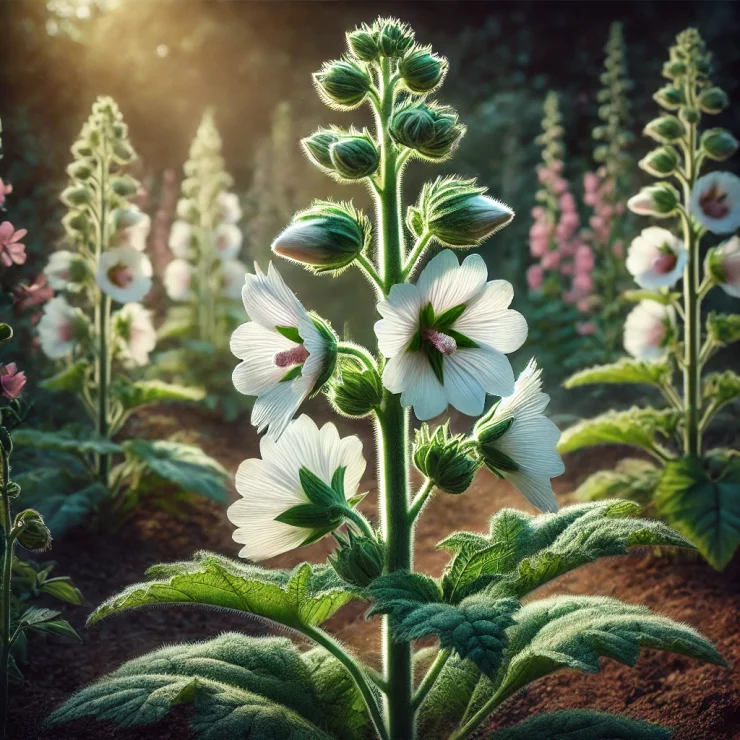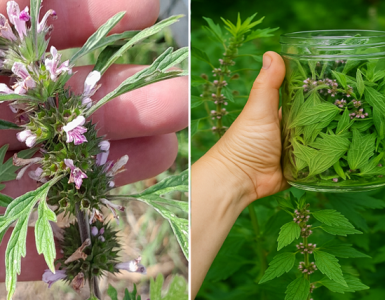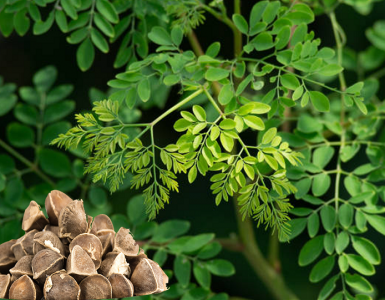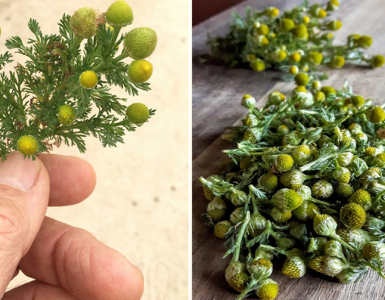The Marshmallow plant (Althaea officinalis), not to be confused with the sweet treat of the same name, is a remarkable herb that has been used for centuries for its medicinal properties. Native to Europe, Western Asia, and Northern Africa, this hardy perennial herb is a wonderful addition to any backyard garden. Whether you’re interested in natural remedies, herbal teas, or simply adding a unique and attractive plant to your garden, here are seven compelling reasons why everyone should grow Marshmallow plant in their backyard.
1.Powerful Medicinal Properties
The Marshmallow plant is renowned for its medicinal benefits, which have been utilized since ancient times. The roots, leaves, and flowers contain mucilage, a gel-like substance that provides soothing relief for various ailments. Marshmallow is particularly effective in treating digestive issues, respiratory problems, and skin irritations.
Uses:
Digestive Health: Marshmallow root tea can help soothe and protect the lining of the stomach, making it effective in treating heartburn, ulcers, and inflammation of the gastrointestinal tract.
Respiratory Relief: The mucilage in Marshmallow helps coat the throat and relieve coughs, sore throats, and bronchitis.
Skin Soothing: Marshmallow root can be used in salves or poultices to soothe burns, cuts, insect bites, and other skin irritations.
2.Attractive Ornamental Plant
Beyond its medicinal uses, the Marshmallow plant is also an attractive addition to any garden. It produces tall, spiky stems that can reach up to 4-5 feet in height, adorned with soft, velvety leaves and delicate pale pink to white flowers. The plant’s graceful appearance makes it a beautiful ornamental feature, especially in cottage gardens or herb gardens.
Why It’s Attractive:
Flowers: The pale pink flowers bloom from late summer to early fall, attracting pollinators like bees and butterflies.
Foliage: The large, velvety leaves provide a lush, green backdrop in the garden.
3.Supports Pollinators
Growing Marshmallow in your backyard can help support local pollinators. The flowers of the Marshmallow plant are rich in nectar and pollen, making them a valuable food source for bees, butterflies, and other beneficial insects. By planting Marshmallow, you’re contributing to the health and survival of these essential pollinators.
Benefits for Pollinators:
Bees: The flowers provide a late-summer food source for bees.
Butterflies: The plant attracts butterflies, adding movement and life to your garden.
4.Edible Leaves and Roots
Both the leaves and roots of the Marshmallow plant are edible and can be used in a variety of culinary applications. The young leaves can be added to salads, soups, and stews, while the roots can be used to make herbal teas or even as a natural thickening agent for soups and sauces.
Culinary Uses:
Leaves: Add fresh leaves to salads for a nutritious boost, or cook them as a leafy green vegetable.
Roots: Use dried or fresh Marshmallow root to make a soothing herbal tea or as a natural food thickener.
5.Easy to Grow and Maintain
Marshmallow is a hardy plant that is easy to grow and maintain, making it an excellent choice for both beginner and experienced gardeners. It thrives in a variety of soil types, particularly in moist, well-drained soil, and can tolerate full sun to partial shade. Once established, the Marshmallow plant requires minimal care, making it a low-maintenance addition to your garden.
Growing Tips:
Soil: Prefers moist, well-drained soil but can tolerate a range of soil conditions.
Sunlight: Grows best in full sun to partial shade.
Watering: Keep the soil consistently moist, especially during the first year of growth.
6.Natural Pest Repellent
Marshmallow plants can also act as a natural pest repellent in your garden. The mucilage in the plant’s roots and leaves has a sticky texture that deters pests such as aphids, snails, and slugs. By planting Marshmallow, you can help protect other plants in your garden from these common garden pests.
Pest Control Benefits:
Aphids: The plant’s sticky leaves can trap and deter aphids.
Snails and Slugs: Marshmallow can help keep these pests away from more vulnerable plants
7.Historical and Cultural Significance
The Marshmallow plant has a rich history and cultural significance that adds to its appeal. The plant was originally used to make the first marshmallows, a confection that dates back to ancient Egypt. While modern marshmallows are made differently, the plant’s historical role in the creation of this beloved treat is a fascinating aspect of its legacy.
Cultural Importance:
Ancient Egypt: The roots were used to make a honey-sweetened confection, the precursor to today’s marshmallows.
Traditional Medicine: Marshmallow has been used in traditional medicine for thousands of years across different cultures.
Growing Marshmallow in your backyard is a rewarding experience that offers a wide range of benefits. From its powerful medicinal properties to its attractive appearance and support for pollinators, Marshmallow is a versatile plant that deserves a place in every garden. Whether you’re interested in natural remedies, edible plants, or simply enhancing your garden’s beauty, the Marshmallow plant is an excellent choice that will bring both practical and aesthetic value to your outdoor space.




















Add comment